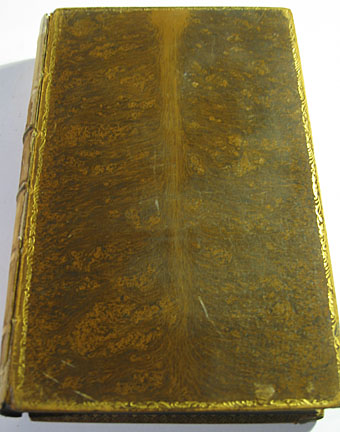Viktor Vasnetsov. The Flying Carpet (1880).
Based on the Slavic folktale of the Firebird and depicting Prince Ivan returning with the fabled bird in a golden cage. Wikimedia Commons has a very large copy.
A journal by artist and designer John Coulthart.
Fantasy
Viktor Vasnetsov. The Flying Carpet (1880).
Based on the Slavic folktale of the Firebird and depicting Prince Ivan returning with the fabled bird in a golden cage. Wikimedia Commons has a very large copy.
Oh, Mr. Roeg, you’re wonderful, I love you! | Alan Moore gets justifiably excited.
Louis Rhead (1916).
Continuing from the weekend’s book discovery, a browse at the Internet Archive reveals many scanned editions of the Arabian Nights. No surprise given the enduring popularity of the stories, and no surprise either that the texts are of variable quality, most of them diluted from the earthy and inventive originals to the status of the mildest fairy tales. The exotic settings make for some fine illustrations, however, a selection of which follow. Edmund Dulac’s edition of Sindbad the Sailor is a typically masterful adaptation by one of the great illustrators.
HJ Ford (1898).
Walter Paget (1907?).
The Brothers Dalziel (1865).
Edmund Dulac (1914).
Elsewhere on { feuilleton }
• The illustrators archive
• The etching and engraving archive
Previously on { feuilleton }
• Edward William Lane’s Arabian Nights Entertainments

This weekend’s book purchase looks like an expensive volume but was actually pretty reasonably-priced for a book that’s 126 years old. This is no. III of a three-volume set of the Thousand and One Nights translated by Edward William Lane, published by Chatto & Windus in 1883. I bought it mainly for the copious wood engraving illustrations by William Harvey although the book itself is a beautiful, if battered, work of art: gold edging on the boards, marbled endpapers (something we did at Savoy for Lucy Swan’s novel) and marbling on the paper edges (Lucy’s book had gold edging). Like many fine old books the heavy boards and thick paper stock means it’s very heavy and it’s these quality materials which have helped it survive this long.
I wasn’t going to put this through the flatbed scanner so a few photo snaps follow.
Continue reading “Edward William Lane’s Arabian Nights Entertainments”
The Chemical Wedding by Madeline Von Foerster (2008).
Art lovers in the NYC area are advised to get down to the Saturday opening of this exhibition at the Dabora Gallery in Greenpoint, Brooklyn, for some great paintings and a free glass of absinthe. Fata Morgana: The New Female Fantasists is curated by Pam Grossman who runs one of my favourite art sites, Phantasmaphile. Further details can be found at the gallery pages which include links to the artists’ websites.
Dabora Gallery and Phantasmaphile’s Pam Grossman are proud to usher in the spring season with the group show “Fata Morgana: The New Female Fantasists,” on view from March 14th through April 12th, 2009. It features fourteen of the most vital and visionary women artists working in the US today.
In literal terms, a fata morgana is a mirage or illusion, a waking reverie, a shimmering of the mind. Named for the enchantress Morgan le Fay, these tricks of perception conjure up a sense of glimpsing into another world, whether it be the expanses of an ethereal terrain, or the twilit depths of the psyche. The artists of “Fata Morgana: The New Female Fantasists” deftly utilize the semiotics of mysticism, fantasy, and the subconscious in their work, thereby guiding the viewer through heretofore uncharted realms – alternately shadowy or luminous, but always inventive.
Yoko Ono recently said, “I think all women are witches, in the sense that a witch is a magical being.” Each artist in this show is a sorceress in her own right. Endowed with fecund imaginations and masterful craftsmanship, their work transforms the viewer: we become spellbound, bearing witness to their attempts to reconcile the desire for a diurnal beauty with the lure of a lush and riotous inner wilderness. The fantastical is counterpoint to the ferocious, the monstrous to the marvelous. Allusions to myth and metamorphosis abound, as these works channel their own heroine spirits and tell their own secret tales. Here, frame is magic threshold, bidding us to take a breath, and cross over.
Elsewhere on { feuilleton }
• The fantastic art archive